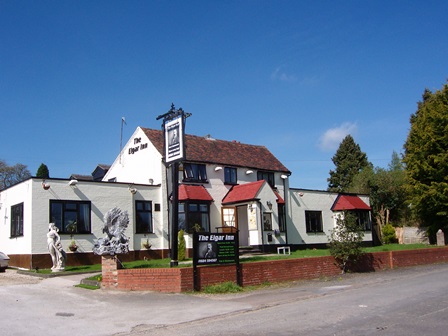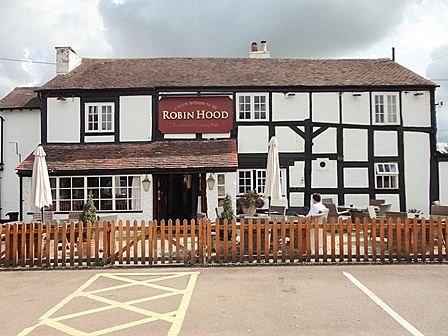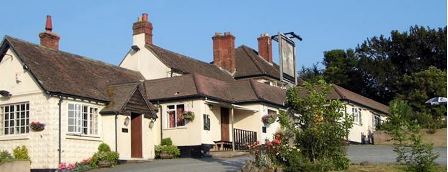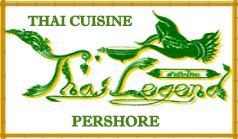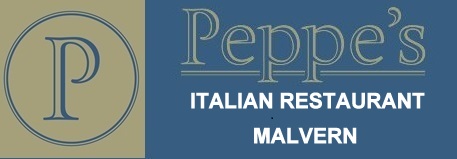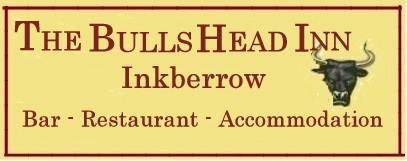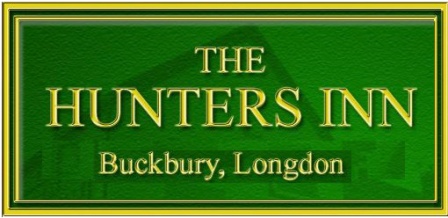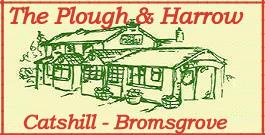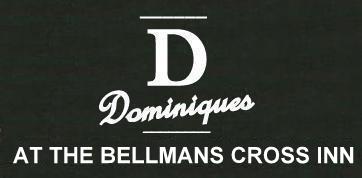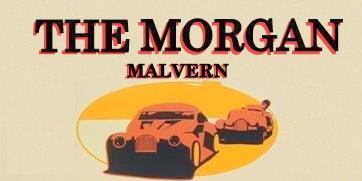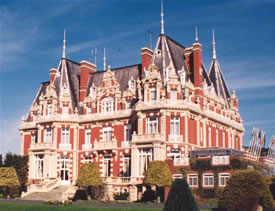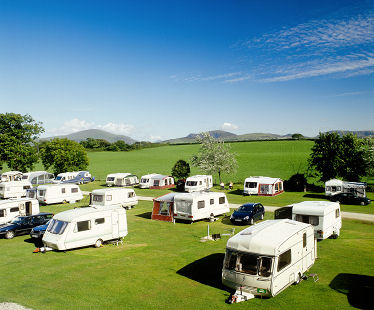Worcestershire Tourist Guide - Articles
Malvern
Great Malvern developed around an 11th-century priory, the remains of which make up much of Great Malvern Priory, now a large parish church.
The town remained small until the 1800s, when the taking of water in Malvern came into fashion. By the middle of the 19th century, there were many hotels, bath houses, and other establishments catering to the visitor. The Malvern water became famous for containing "nothing at all".
In the late 19th and early 20th centuries, many private boarding schools were established in Great Malvern; two large private secondary schools - one for boys, The Boy's College, and one for girls, Malvern St James's - now remain and rank among the country's most elite.
Great Malvern positioned at the foot, and partly on the sides, of the Malvern Hills is the main part of Malvern, other parts include Barnards Green, Little Malvern, Malvern Link, Malvern Wells, North Malvern, and West Malvern often referred to as The Malverns.
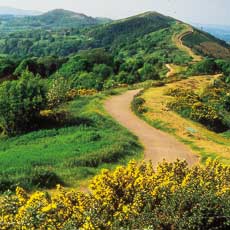
The Malvern Hills give the town a steep incline, particularly Church Street, one of the two main streets. The other main street is the perpendicular Bellevue Terrace, a relatively flat extension of the Worcester Road. At the heart of the town is a statue of Sir Edward Elgar, who lived in and loved the town.
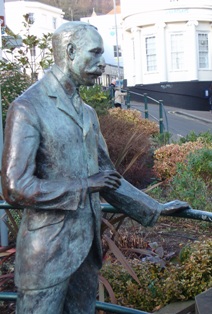
Great Malvern hosts a variety of shops, antique centres, book shops, arts and crafts, individual and speciality shops. You will also find unique goods including locally produced foods, designer clothes and shoes, jewellery and gifts. There are also a few high street names including W H Smith, Superdrug, Boots, The Works and M&Co. Malvern's longest exisiting shop in Church Street was Woolworths which closed in January 2009 and re-opened in August 2009 as Iceland.
There are also delightful tea-rooms, coffee-shops, cafes and superb restaurants including Indian cuisine at Vasai .
Great Malvern and the surrounding area also offer a good range of Accommodation - hotels, farmhouse bed and breakfast and self-catering.
Malvern Theatres is the town's local theatre in the Winter Gardens complex, and hosts a wide range of plays, films, and concerts. George Bernard Shaw co-founded the original theatre, in Great Malvern. The Splash Leisure Complex has a swimming pool and gymnasium. The town regularly hosts arts and other festivals in the Winter Gardens which also includes a large concert/banqueting room, bars, cafeterias and a cinema. The Priory Park with its adjoining Leisure Complex occupies a large area in the centre of the town.
Throughout the summer a programme of free Sunday afternoon band concerts are held in the Victorian bandstand in Priory Park, a venue for locals and visitors to enjoy.
GREAT MALVERN PRIORY
Great Malvern Priory Church is a parish church dedicated to St Mary and St Michael. It was founded as a Benedictine Priory in 1085. Over the centuries the Priory has been developed from its original Norman style (of which the Nave pillars are an impressive reminder) to include Perpendicular Gothic style which was added in the 15th Century. With the Reformation came the destruction of the Lady Chapel at the east end of the south transept. In 1541 under the Dissolution of the Monastries, the Priory was saved when local people purchased the church for £20.
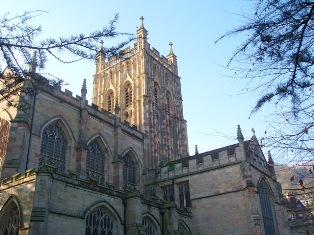
The Priory has a fine collection of medieval stained glass including a magnificent window donated by King Henry VII in the 15th Century. Medieval wall tiles with over 90 designs manufactured locally. Millennium windows by Tom Denny 2004, misericords carved in the 14th and 15th Centuries. The Organ remodelled by Rusheork and Dreaper in 1927 has now been refurbished by Nicholsons of Malvern in 2004. It also provides the venue for many concerts and civic services.
Great Malvern Priory, Church Street, Malvern WR14 2AY
Tel:- 01684 561020
Great Malvern Priory Website
MALVERN ABBEY GATEWAY - MALVERN MUSEUM
The Abbey Gatehouse was originally part of the monastery. It had large gates and visitors could be seen through a small opening in the wall of the gateway and allowed or refused entrance accordingly. It had an extension built on the side of it in 1891. Over the years it was used as a court, shop, offices and living accommodation.
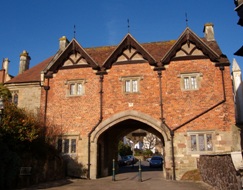
It's now home to the Malvern Museum - It is small, displays in five rooms but filled with exhibits on every aspect of Malvern's history and development; geology, intriguing insights into the 19th Century, era of the water cure. Items from Malvern's famous defence research establishment, where historic wartime radar was developed. Edward Elgar and more recently Morgan Motors.
The Malvern Museum opens daily from 10.30am - 5.00pm from 25th March until the end of October
Please note it is closed on Wednesdays during school terms except for party bookings
Telephone: 01684 567811
Contact: www.malvernmuseum.co.uk
The town remained small until the 1800s, when the taking of water in Malvern came into fashion. By the middle of the 19th century, there were many hotels, bath houses, and other establishments catering to the visitor. The Malvern water became famous for containing "nothing at all".
In the late 19th and early 20th centuries, many private boarding schools were established in Great Malvern; two large private secondary schools - one for boys, The Boy's College, and one for girls, Malvern St James's - now remain and rank among the country's most elite.
Great Malvern positioned at the foot, and partly on the sides, of the Malvern Hills is the main part of Malvern, other parts include Barnards Green, Little Malvern, Malvern Link, Malvern Wells, North Malvern, and West Malvern often referred to as The Malverns.

The Malvern Hills give the town a steep incline, particularly Church Street, one of the two main streets. The other main street is the perpendicular Bellevue Terrace, a relatively flat extension of the Worcester Road. At the heart of the town is a statue of Sir Edward Elgar, who lived in and loved the town.
Great Malvern hosts a variety of shops, antique centres, book shops, arts and crafts, individual and speciality shops. You will also find unique goods including locally produced foods, designer clothes and shoes, jewellery and gifts. There are also a few high street names including W H Smith, Superdrug, Boots, The Works and M&Co. Malvern's longest exisiting shop in Church Street was Woolworths which closed in January 2009 and re-opened in August 2009 as Iceland.
There are also delightful tea-rooms, coffee-shops, cafes and superb restaurants including Indian cuisine at Vasai .
Great Malvern and the surrounding area also offer a good range of Accommodation - hotels, farmhouse bed and breakfast and self-catering.
Malvern Theatres is the town's local theatre in the Winter Gardens complex, and hosts a wide range of plays, films, and concerts. George Bernard Shaw co-founded the original theatre, in Great Malvern. The Splash Leisure Complex has a swimming pool and gymnasium. The town regularly hosts arts and other festivals in the Winter Gardens which also includes a large concert/banqueting room, bars, cafeterias and a cinema. The Priory Park with its adjoining Leisure Complex occupies a large area in the centre of the town.
Throughout the summer a programme of free Sunday afternoon band concerts are held in the Victorian bandstand in Priory Park, a venue for locals and visitors to enjoy.
GREAT MALVERN PRIORY
Great Malvern Priory Church is a parish church dedicated to St Mary and St Michael. It was founded as a Benedictine Priory in 1085. Over the centuries the Priory has been developed from its original Norman style (of which the Nave pillars are an impressive reminder) to include Perpendicular Gothic style which was added in the 15th Century. With the Reformation came the destruction of the Lady Chapel at the east end of the south transept. In 1541 under the Dissolution of the Monastries, the Priory was saved when local people purchased the church for £20.
The Priory has a fine collection of medieval stained glass including a magnificent window donated by King Henry VII in the 15th Century. Medieval wall tiles with over 90 designs manufactured locally. Millennium windows by Tom Denny 2004, misericords carved in the 14th and 15th Centuries. The Organ remodelled by Rusheork and Dreaper in 1927 has now been refurbished by Nicholsons of Malvern in 2004. It also provides the venue for many concerts and civic services.
Great Malvern Priory, Church Street, Malvern WR14 2AY
Tel:- 01684 561020
Great Malvern Priory Website
MALVERN ABBEY GATEWAY - MALVERN MUSEUM
The Abbey Gatehouse was originally part of the monastery. It had large gates and visitors could be seen through a small opening in the wall of the gateway and allowed or refused entrance accordingly. It had an extension built on the side of it in 1891. Over the years it was used as a court, shop, offices and living accommodation.
It's now home to the Malvern Museum - It is small, displays in five rooms but filled with exhibits on every aspect of Malvern's history and development; geology, intriguing insights into the 19th Century, era of the water cure. Items from Malvern's famous defence research establishment, where historic wartime radar was developed. Edward Elgar and more recently Morgan Motors.
The Malvern Museum opens daily from 10.30am - 5.00pm from 25th March until the end of October
Please note it is closed on Wednesdays during school terms except for party bookings
Telephone: 01684 567811
Contact: www.malvernmuseum.co.uk










